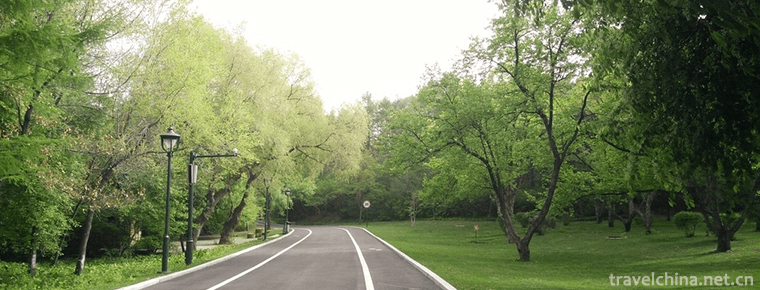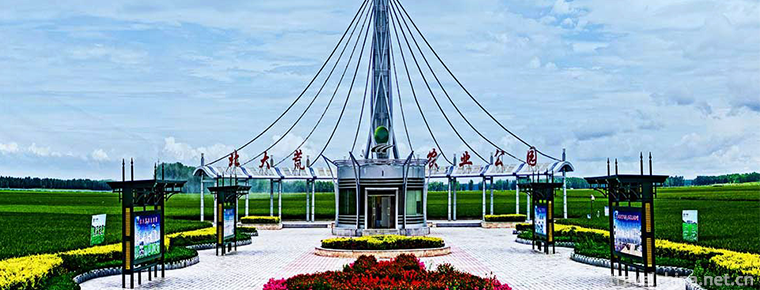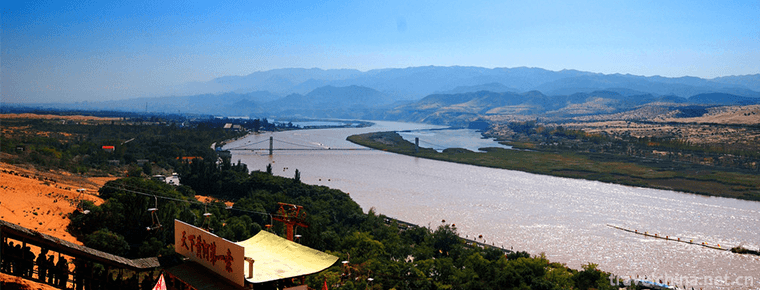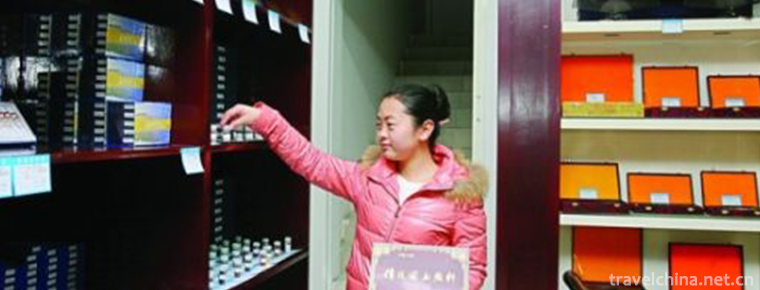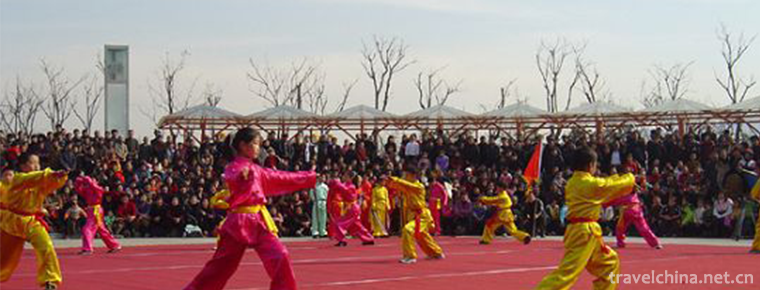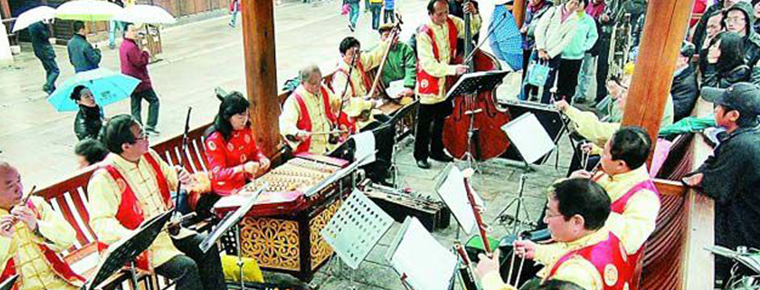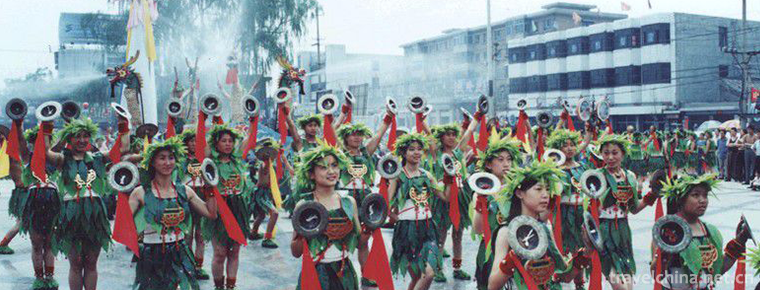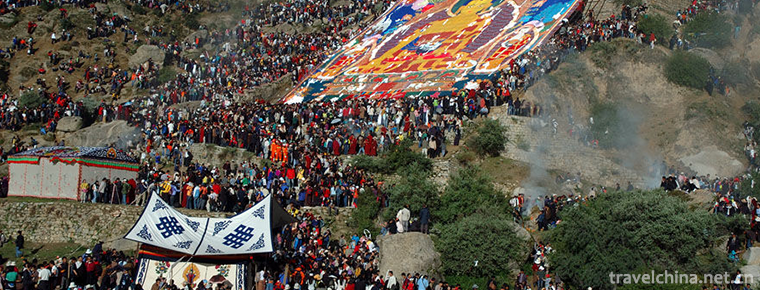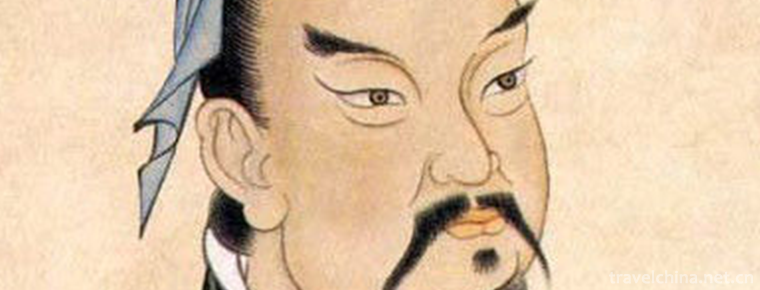Hakka Folk Songs in Meizhou
Hakka Folk Songs in Meizhou
Meizhou Hakka folk song is a Hakka folk song sung in Meizhou City, Guangdong Province (Meijiang District, Meixian District, Xingning City, Wuhua County, Fengshun County, Dapu County, Pingyuan County, Jiaoling County, 2 districts, 1 city and 5 counties). It is the oral literature of Hakka people. It is rich in Hakka language characteristics and rich in local life.
On May 20, 2006, it was approved by the State Council to be included in the first batch of national intangible cultural heritage list .
Historical origin
Folk song is one of the folk songs. According to historical records, the Tang Dynasty began to have the name of folk songs, and Meizhou folk song fairy "Liu Sanmei story" also occurred in the Tang Dynasty Shenlong years, we can see that the popularity of Hakka folk songs, it is the time. Hakka folk songs were deeply influenced by the Fifteen Countries'Style in the Book of Songs, which was compiled in the late Spring and Autumn Period. Following the migration of Hakka people, they were influenced by the songs of She, Yao and other indigenous people. Hakka folk songs in Meizhou spread with the formation of Hakka people. It has the rhyme of "national style" and "Wu Song".
Nearly 5 million people in 1 city and 2 districts of Meizhou Hakka Folk Song Culture Festival County sing folk songs in Hakka dialect, which spread to the Hakka areas in northeastern Guangdong Province and to overseas Meizhou Hakka settlements. During the Song and Ming Dynasties, Hakka folk songs in Meizhou spread and multiplied along with the formation of Hakka lineage, which was the product of the integration of Central Plains culture and Meizhou indigenous culture. Its lyrics have a strong poetic flavor, similar to bamboo branch lyrics, with the rhyme of "national style" and "Wu Song". Meizhou Hakka folk songs have nearly 100 tunes, which are high and long, smooth and fluent, with little fluctuation; high range, narrow range; more progressive, less jump; free rhythm, diverse rhythm, often mixed with a variety of rhythms and songs. Meizhou Hakka folk songs have tens of thousands of lyrics spread among the people, including labor songs, political songs, ritual songs, etiquette and custom songs, love songs, other life songs and nursery songs, covering all aspects of Meizhou Hakka life. Among them, love songs have the largest number, the most wonderful content and the highest literary value. In order to carry forward Hakka culture, Meizhou holds a folk song festival every Mid-Autumn Festival, which is very lively.
artistic characteristics
Meizhou Hakka folk songs, as an independent branch of our country's famous folk songs, inherit the style of the Fifteen Kingdoms in the Book of Songs and pass on from generation to generation, mainly using the traditional methods of "Fu, Bi, Xing", pun and overlap. Hakka folk songs are basically four sentences and seven fonts, the first, second and fourth sentences of each folk song rhyme; when singing, they often touch the scene, impromptu singing, casual, affectionate, rich in tunes, roughly including folk songs chant, Zhengban folk song, four sentences and eight stanzas folk song, Allegro folk song, duplicate character folk song, Wuguban folk song, etc. The melody is beautiful. Almost all melodies have trills, glides and leaning tones, which make the melody high, clear, lyric and melodious, tortuous and euphemistic.
There are nearly 100 kinds of tunes, which are high and long, smooth and fluent, with little fluctuation; high range, narrow range; more progressive, less jump; free rhythm, diverse rhythm, often mixed with a variety of rhythms and songs.
Meizhou Hakka folk song also reflects the voice of social and historical development. As a folk culture, Hakka folk song is not stagnant, but advancing with the times and has the characteristics of the times. As a folk media, it conveys the voice of the times.
Through its continuous development, it has various forms and rich contents, among which love songs have the largest number, the most wonderful content and the highest literary value. In addition to the "love song", there are also "labor song, exhortation song, industry song, success song, Xuanxuan song, roll song, riddle song and guessing tune, minor, bamboo board tune" which covers all aspects of Hakka life, mainly reflects the process of social history, the pursuit of truth, goodness and beauty, and the abandonment of false and ugly.
The ballads highlight the Hakka people's ardent pursuit of love.
Hakka girls in spoken language are called "A Mei", "Xiao Mei", "Old Mei", not "Girl". They are bold, persistent, diligent, brave, visionary, tender and affectionate, have a good vision for the future, and have a passionate pursuit of love.
The ballads reflect the miserable life of the people at the bottom.
The Hakkas in Meizhou are mostly poor peasants, hired workers and small handicraftsmen, except for a small part of the upper class. They have been exploited and oppressed by local tyrants and evil gentry, and their government has been aggressively confiscated and harassed by bandits. Their living environment is extremely bad, which almost pushes their lives to a desperate end. Many folk songs reflect the aspirations of the suffering people, such as:
It's New Year's Day in the first month. Being a girl is not worth money.
Father and mother's family have no share of the property, and they sell money as pigs and cattle.
Ballads are the pursuit of truth, goodness and beauty, and the abandonment of falsehood and ugliness.
Hakka people have always advocated etiquette, pursuing the truth, goodness and beauty, and hating the fake and ugly. To some extent, Hakka people pursue the ancient precepts of sunrise, sunset and rest, and everybody starts to eat and clothe. Even now that everybody's life is good, parents often teach their children not to eat and drink too much, but to be industrious and frugal.
The ballad reflects the voice of social and historical development.
As a folk culture, Hakka folk song is not stagnant, but advancing with the times and has the characteristics of the times. As a popular broadcasting medium, it conveys the voice of the times. For example, since the first gun of the revolution was fired by the Nanchang Uprising, great changes have taken place in the Chinese revolution. The revolution sparked fire and spread throughout the land of Shenzhou. When Li Jianzhen returned to Fengshun County in 1927 to mobilize the peasant associations to overthrow the local evil gentry, he sang, "Ouch... Farmers are coming to join the peasant associations, holding hands and uniting tightly, reducing rent and interest rates, not paying debts, and organizing to fight against the gentry .
Inheritance significance
Meizhou Hakka folk song is an important part of Hakka culture and a treasure of folk music and literature. It has valuable reference value for the study of literature and art, sociology, history, linguistics, folklore, religion, Hakka, etc. In the late Qing Dynasty, Huang Zunxian, Qu Dajun and contemporary Zhong Jingwen all attached great importance to the collection, collation and research of Hakka folk songs in Meizhou.
Hakka folk songs in Meizhou have always been handed down orally by the people. Nowadays, the ranks of mountain singers are seriously aging. Many excellent mountain singers have died one after another. Teenagers do not like to sing and listen to folk songs anymore. The situation that there are no successors and no successors is getting worse and worse. The rescue and protection of Hakka folk songs in Meizhou are of great significance for preserving Hakka culture, enriching Chinese culture and enriching Hakka cultural life.
The state attaches great importance to the protection of intangible cultural heritage. On May 20, 2006, Meizhou Hakka folk songs were approved by the State Council and listed in the first batch of national intangible cultural heritage lists.

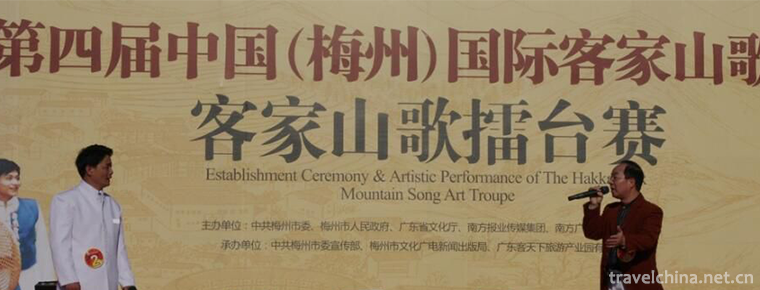
-
Shenyang Botanical Garden
Shenyang Botanical Garden, located in Dongling District of Shenyang, also known as Shenyang World Expo Garden and Shenyang World Horticulture Expo Garden.
Views: 222 Time 2018-12-02 -
Beidahuang Modern Agricultural Park
Beidahuang Modern Agricultural Park, located at No. 146 Xiangfu Road, Xiangfang District, Harbin City, covers an area of 667,000 square meters and is a "national AAAA-level tourist attraction&quo.
Views: 162 Time 2018-12-26 -
Scenic Spot of the Source of the Yellow River
Kariqu, one of the sources of the Yellow River, started with five springs, and Maqu, the other with only one springs. This is the source area of the Yellow River. Tourists here can't imagine that the .
Views: 174 Time 2019-01-18 -
Legend of Boya Period
"When the evidence of the legendary place of Bo Yazi Period was found in Hanyang, I knew that it was hopeful to apply for the national level!" Yesterday, the reporter learned from the Provin.
Views: 210 Time 2019-04-04 -
Production Techniques of Chinese Painting Pigments
Jiang Sixutang's skill in making Chinese painting pigments is one of the intangible cultural heritages. The manufactured products of Jiang Sixutang Chinese Painting .
Views: 140 Time 2019-05-02 -
Meishan Wushu
Meishan Wushu is a traditional school of Wushu which is spread in Hunan Province. Xinhua is an ancient and magical land. It has not only nurtured many historical celebrities, but also cultivated Meish.
Views: 110 Time 2019-06-03 -
Ten times of music
Shifan music is a traditional instrumental music spread by Hakkas in Fuzhou and Western Fujian Province. It has been circulated since the middle of Daoguang in the Qing Dynasty. The origin of Shifan m.
Views: 307 Time 2019-06-15 -
Wenshui Tiaozi
Wenshui Biaozi is an ancient and unique traditional folk music art spread in Wenshui County, Shanxi Province. It is named for its special copper cymbals commonly known as "Biaozi" in perform.
Views: 143 Time 2019-06-29 -
Sho Dun Festival
The Shirton Festival is a traditional religious festival of Tibetan people in Tibet, Qinghai, Gansu, Sichuan, Yunnan and other provinces and regions. It is mostly held in early February, mid-April or .
Views: 166 Time 2019-07-09 -
Sun Tzu
Sun Wu (about 545 BC - about 470 BC), long Qing, late spring and autumn. Qi State Le An (today) Shandong ProvincePeople in the North 。 China's famous military strategist and statesman in the spring an.
Views: 191 Time 2019-09-04 -
Suining Education
By the end of 2019, Suining had 911 schools of all levels and types, with 440000 students and 32000 full-time teachers. Among them, 196 primary schools enrolled 30600 students and 180600 students; 130 junior high schools, 28300 students and 78400 students.
Views: 361 Time 2020-12-16 -
Sports in Yibin
In 2019, Yibin sports team (member) won 4 world-class gold medals, 15 national gold medals, 30 provincial gold medals, 38 silver medals and 41 bronze medals. The annual sales of sports lottery tickets reached 410 million yuan, and 15 million yuan of public w.
Views: 328 Time 2020-12-18
